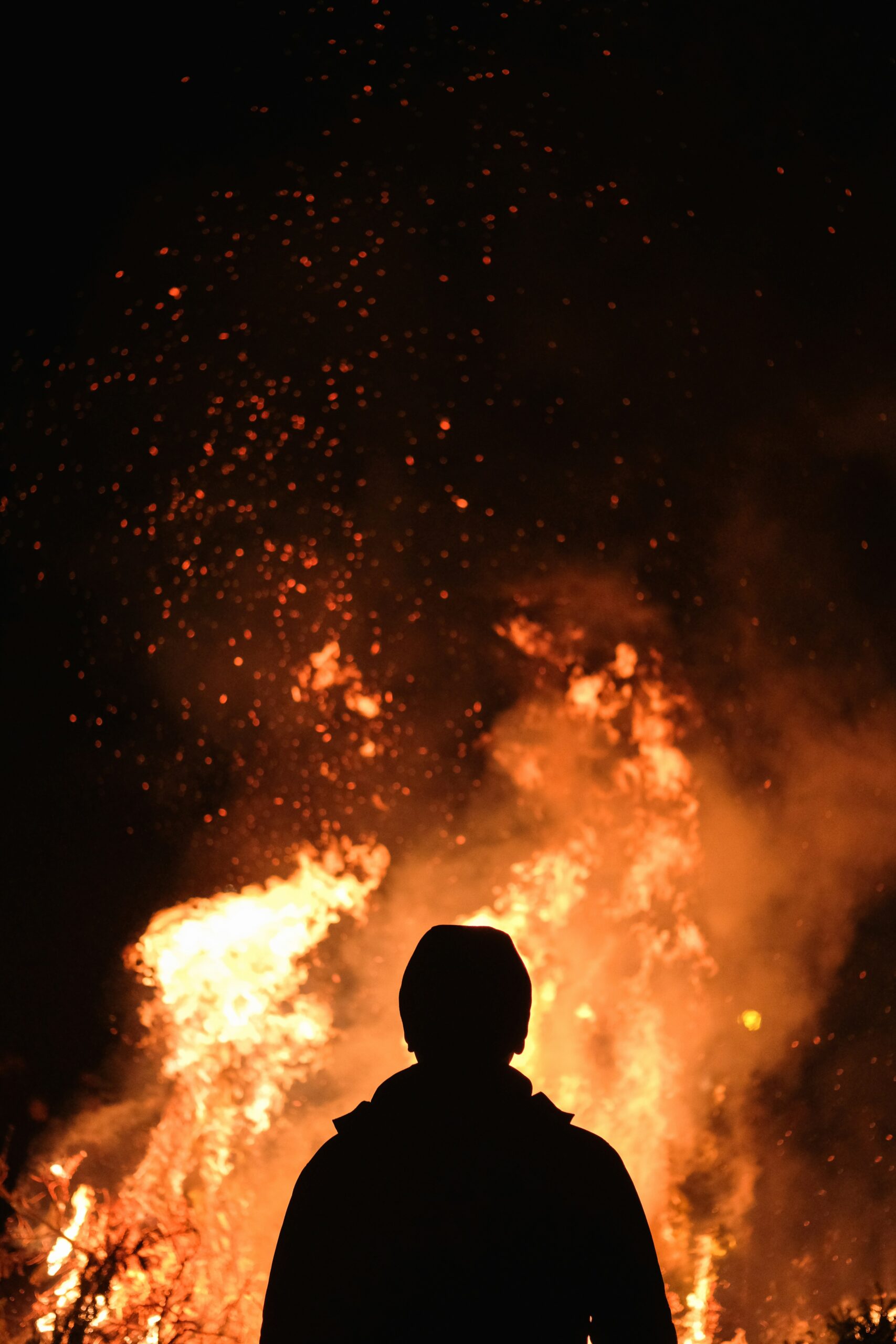California’s Wildfire Crisis: Current Leadership, Catastrophes, and Demographic Challenges
By Rohan Kapoor |
Understanding the Intersection of Leadership, Nature, and Demographics in California’s Fight Against Wildfires

The state of California, known for its vast landscapes and diverse ecosystems, is facing an escalating battle against wildfires. These disasters, exacerbated by climate change and population dynamics, have placed immense pressure on state leadership and communities. In this article, we will explore California’s current government structure, the latest wildfire catastrophes, and the demographic factors contributing to the rapid spread of fires.
Leadership Amid Crisis: Who Governs California?
At the helm of California’s government is Governor Gavin Newsom, who has served since January 2019. As a Democrat, Newsom has prioritized addressing climate change, wildfire prevention, and infrastructure resilience. His administration has invested billions in forest management, emergency response, and renewable energy initiatives aimed at mitigating the effects of climate-related disasters.
Newsom works alongside a legislature dominated by Democrats, fostering a political environment conducive to passing environmental policies. His leadership during wildfire emergencies has included deploying the California National Guard, expanding funding for fire crews, and advocating for federal disaster relief. However, critics argue that these measures, while proactive, often fail to address the root causes of wildfire proliferation.
The Latest Wildfire Catastrophes
California has been ravaged by several devastating wildfires in recent years, with 2023 witnessing yet another surge in fire activity.
- The Dixie Fire (2021): The second-largest wildfire in California’s history burned nearly 1 million acres across five counties, destroying over 1,300 structures.
- The Mosquito Fire (2022): This fire, fueled by strong winds, scorched 76,000 acres and led to mass evacuations in Placer and El Dorado counties.
- The Oak Fire (2023): Sparked during peak summer dryness, this wildfire threatened Yosemite National Park and destroyed more than 100 homes.
Each of these disasters underscores the increasing unpredictability of California’s fire season, which now extends year-round due to prolonged droughts and higher temperatures.
Demographic and Geographic Factors in Wildfire Spread
Several factors unique to California’s landscape and population contribute to the rapid spread of wildfires.
1. Population Growth and Urban Expansion
California’s population, exceeding 39 million residents, continues to grow. Urban sprawl into fire-prone areas, such as the wildland-urban interface (WUI), places communities at greater risk. As residential developments encroach upon forests and chaparral ecosystems, the potential for fire damage to homes and infrastructure increases dramatically.
2. Climate and Vegetation
The state’s Mediterranean climate, characterized by wet winters and dry summers, creates ideal conditions for wildfires. After wet seasons, vegetation grows abundantly, only to dry out during prolonged heatwaves, turning it into fuel for fires. The infamous Santa Ana winds further exacerbate the situation, spreading embers across vast distances at alarming speeds.
3. Historical Fire Suppression Practices
For decades, California and the U.S. at large prioritized fire suppression, leading to an accumulation of dry, combustible materials in forests. While recent efforts have shifted towards controlled burns and fuel management, the legacy of these practices still poses a significant challenge.
4. Socioeconomic Disparities
Low-income communities often lack the resources to prepare for or recover from wildfires. Limited access to insurance, emergency services, and housing options leaves these populations disproportionately vulnerable to fire-related displacement and loss.
Efforts Toward a Resilient Future
California is actively investing in strategies to mitigate the impact of wildfires. These efforts include:
- Forest Management: Increasing controlled burns and thinning dense vegetation to reduce fire fuel.
- Technology Integration: Utilizing satellite imagery and artificial intelligence to monitor fire-prone regions and predict outbreaks.
- Community Preparedness: Launching public awareness campaigns to educate residents on evacuation protocols and fire-resistant construction practices.
- Policy Innovation: Establishing stricter building codes in high-risk areas and offering incentives for communities to adopt fire-safe measures.
A Statewide Call to Action
The wildfire crisis in California is not just an environmental issue but a multifaceted challenge requiring cooperation across all levels of government, industry, and communities. The resilience of Californians has been tested repeatedly, but the need for systemic solutions has never been greater.
As the state grapples with this “new normal,” the lessons learned will shape its policies and preparedness. In doing so, California continues to set an example for the world, demonstrating the urgent need to address climate change and protect vulnerable populations from the growing threat of natural disasters.
Rohan Kapoor




